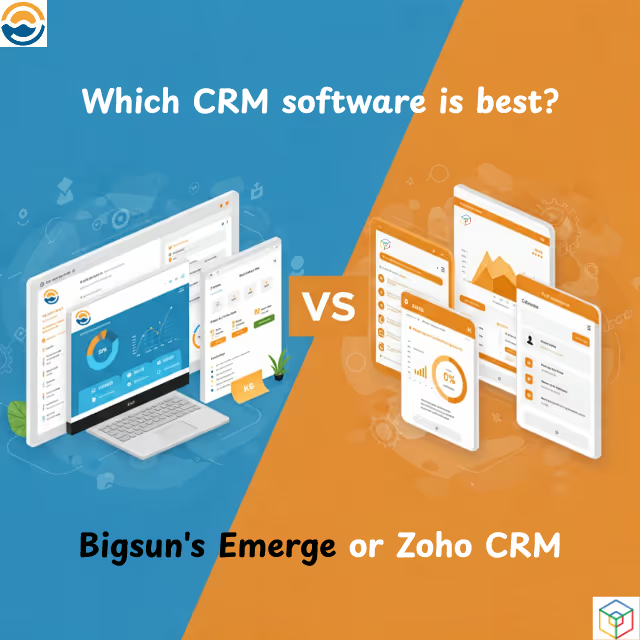Why Your Manufacturing ERP Software is Missing the Mark (And How You Can Fix It)
For manufacturers, ERP (Enterprise Resource Planning) software is meant to be the digital backbone… a single system to streamline operations, improve productivity, and provide real-time insights. But what happens when the very system that was supposed to solve problems ends up creating new ones?
If your ERP software feels clunky, confusing, or underwhelming, you're not alone. Many manufacturing businesses invest heavily in ERP systems, only to find that it’s not delivering the results they expected. So what’s going wrong?
Let’s break it down.
The Common Pitfalls: Where ERP Implementation Fails
1. Poor Planning and Rushed Decisions
One of the biggest ERP implementation challenges is jumping in too fast. Many companies choose software based on brand reputation or features without aligning it with their actual business needs. This leads to costly mismatches and underutilized systems.
2. Lack of User Training
ERP systems are powerful, but only if people know how to use them. When teams aren’t properly trained, they avoid the software or use it incorrectly. This not only slows down operations but also leads to errors in data and reporting.
3. One-Size-Fits-All Approach
Every manufacturing business is different. A generic ERP solution might cover the basics but fail to support specific workflows, machinery integrations, or supply chain complexities. The result? More manual work, not less.
4. Unrealistic Expectations
ERP implementation is not a magic switch. It takes time, customization, and ongoing support. When expectations aren’t managed well, even a good system can be seen as a failure.
Signs Your ERP is Missing the Mark
If these sound familiar, it’s time to take a step back and re-evaluate.
How You Can Fix It
1. Start With a Process Audit
Before blaming the software, take a deep dive into your internal processes. What’s working, what’s not, and what do your teams need to do their jobs better? This clarity helps you either realign your current ERP or choose a better-fit system.
2. Choose the Right Partner
Whether you're starting fresh or optimizing what you have, the ERP vendor or consultant you work with matters. Look for someone who understands the manufacturing space and can tailor the solution to your operations, not just sell a generic product.
3. Prioritize Change Management
ERP implementation isn’t just a tech upgrade… it’s a cultural shift. Involve your team early, provide training, and create open channels for feedback. When people are part of the process, they’re more likely to adopt the system fully.
4. Customize Thoughtfully
Too much customization can become a mess. But thoughtful, business-specific tweaks can make the ERP feel like a natural extension of your workflow. Integrations with machines, barcoding systems, or mobile apps can take your ERP from frustrating to fantastic.
5. Invest in Ongoing Support
Your ERP system isn’t a one-time project. As your business grows, your needs will change. Regular check-ins, updates, and training sessions keep your ERP relevant and effective.
Turning Failure into Opportunity
The truth is, many ERP implementation fails are preventable… or at least fixable. The key lies in understanding that ERP success isn’t just about the software; it’s about people, processes, and planning.
If your manufacturing ERP is missing the mark, it’s not the end of the road. With the right strategy and support, you can turn it into the powerful business tool it was meant to be.



